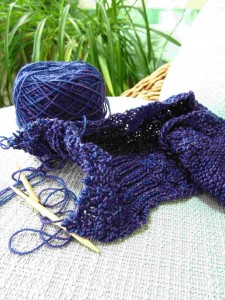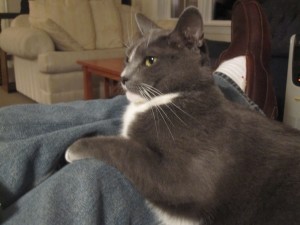
This past weekend my spouse, Kip, and I agreed to observe Sabbath by not doing anything that felt like work on Sunday. We’ve been very busy lately completing some household projects and it just seems like there’s never an end to it. The weekend comes and goes, Monday arrives and we’ve had no time to rest.
When I was a pastor — which I was for 17 years — I was much more committed to Sabbath-keeping. Pastoring, like many occupations, is a job that’s never done, and recognizing the dangers of burnout (which pastors suffer from in large numbers) I was diligent about taking a day off.
In the Christian world, Sunday is the Sabbath, but for pastors of course Sunday is a work day. So I decided Friday would be my Sabbath. On Fridays I would do nothing work related. No email. No sermon preparation. No planning. No phone calls. The only exceptions were the rare pastoral emergencies or wedding rehearsals.
After I left the pastorate I became more lax about my Sabbath-keeping, in part because I felt the weight of trying to figure out what was next for me and building a container for my new vocational work. There was too much to learn and too much to do, and I no longer felt entitled to take time off.
And yet, deep down I knew that was a foolish and counterproductive way to live.
The Counterintuitive Wisdom of Sabbath-Keeping
Many years ago I heard a lecture by Marva Dawn, author of Keeping the Sabbath Wholly, and during the lecture she told an account she’d come upon in her research of a group of pioneers who set out for the Pacific Northwest on the Oregon Trail. They were a religious bunch, and each Saturday, when it was time to stop their traveling for the night, they would unhitch the mules from the covered wagons, set up camp and stay put until Monday.
But as summer waned, the days began getting shorter and the weather cooler and they started to worry that they weren’t going to make it to Oregon before the snow. Wrestling with what to do, they wondered if they should continue observing the Sabbath or just push ahead in hopes of beating the winter.Continue Reading






